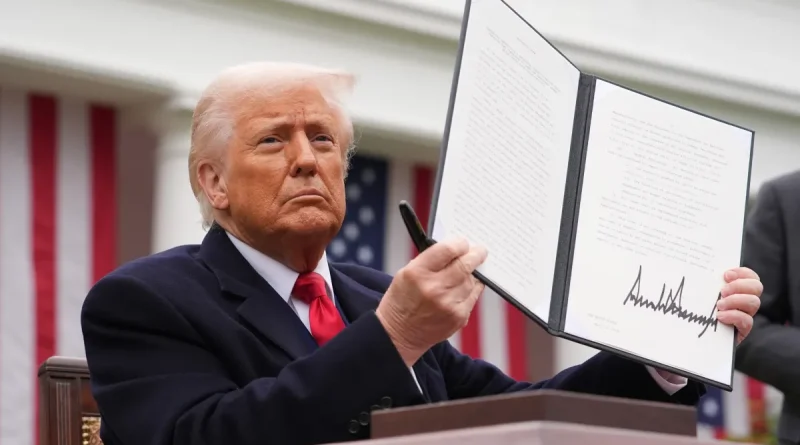Trump Proposes 100% Tariff in Response to China’s Rare Earth Mineral Restrictions
On Friday, President Donald Trump revealed his proposal to impose a substantial 100% tariff on all imports from China and to limit the export of “any and all critical software” from the U.S.
This announcement signifies a major escalation in the ongoing trade tensions between the U.S. and China. Trump shared on Truth Social that this new tariff will be “in addition to” the tariffs already in place on Chinese products. (As reported by CNBC, current tariff rates on Chinese imports can vary, with a baseline established at 40%.)
Earlier this week, China implemented stricter export controls on rare earth minerals, mandating that foreign firms obtain licenses for exporting products containing even minor amounts. As the leading producer of these essential materials—crucial for technologies such as semiconductors and solar panels—China’s regulations could significantly influence the tech sector.
During his address, Trump criticized China’s actions as “entirely unprecedented in International Trade and a moral disgrace in dealings with other Nations.”
“It’s difficult to understand why China has decided on this course, but they have, and the repercussions will be considerable,” he stated.
Trump announced that the new tariffs are expected to take effect on November 1. Following his speech, he informed reporters that these tariffs could be modified and that he may still attend an upcoming meeting with President Xi Jinping.
The stock markets reacted unfavorably to Trump’s announcement, with the Dow Jones Industrial Average declining by 1.9% by the end of trading on Friday, the S&P 500 falling by 2.71%, and the Nasdaq dropping by 3.56%. Numerous tech firms experienced even greater declines, including Nvidia and Tesla, which both saw approximately a 5% dip by market close.
Techcrunch event
San Francisco
|
October 27-29, 2025
Moreover, this situation negatively impacted the cryptocurrency markets, with liquidations reported to be ten times higher than those observed during the FTX collapse.



